Description
Made from a .250” thick piece of 6061 aluminum this 1919a4 dummy right side plate was design from ord#. Manufactured using wetjet technology, these plates have minimum taper and will perfectly fit in your parts kit to complete a dummy gun.
NO FFL or paperwork is required.
Background
The M1919 Browning is a .30 caliber medium machine gun that was widely used during the 20th century, especially during World War II, the Korean War, and the Vietnam War. The M1919 saw service as a light infantry, coaxial, mounted, aircraft, and anti-aircraft machine gun by the U.S. and many other countries.
The M1919 was an air-cooled development of the standard US machine gun of World War I, the John M. Browning-designed water-cooled M1917. The emergence of general-purpose machine guns in the 1950s pushed the M1919 into secondary roles in many cases, especially after the arrival of the M60 in US Army service. The United States Navy also converted many to 7.62 mm NATO, and designated them Mk 21 Mod 0; they were commonly used on riverine craft in the 1960s and 1970s in Vietnam. Many NATO countries also converted their examples to 7.62 mm caliber, and these remained in service well into the 1990s, as well as up to the present day in some countries.
Technical Information
| In service | 1919–present |
| Production history | |
| Designer | John M. Browning |
| Designed | 1919 |
| Manufacturer | Buffalo Arms Corporation |
| Rock Island Arsenal | |
| Saginaw Steering Gear division of General Motors | |
| Produced | 1919–1945 |
| No. built | 438,971 |
| Variants | A1; A2; A3; A4; A5; A6; M37 and AN/M2 |
| Specifications | |
| Mass | 31 lb (14 kg) (M1919A4) |
| Length | 37.94 in (964 mm) (M1919A4) |
| 53 in (1,346 mm) (M1919A6) | |
| Barrel length | 24 in (610 mm) |
| Cartridge | .30-06 Springfield |
| 7.62×51mm NATO | |
| .303 British | |
| 7.92×57mm Mauser | |
| 6.5×55mm | |
| .22 Long Rifle | |
| 7.62×54mmR | |
| 8×63mm patron m/32 | |
| 7.65×53mm Argentine | |
| 7.5×54mm French | |
| Action | Recoil-operated/short-recoil operation. Closed bolt. |
| Rate of fire | 400–600 round/min (1200–1500 for AN/M2 variant) |
| Muzzle velocity | 2,800 ft/s (853 m/s) |
| Effective firing range | 1,500 yd (1,400 m) (maximum effective range) |
| Feed system | 250-round belt |
Operational Use
As a company support weapon, the M1919 required a five-man crew: the squad leader; the gunner (who fired the gun and when advancing carried the tripod and box of ammunition); the assistant gunner (who helped feed the gun and carried it, and a box of spare parts and tools); two ammunition carriers. The original idea of the M1919 was to allow it to be more easily packed for transport, and featured a light barrel and bipod when first introduced as the M1919A1. Unfortunately, it quickly became clear that the gun was too heavy to be easily moved, while at the same time, too light for sustained fire. This led to the M1919A2, which included a heavier barrel and tripod, and could sustain fire for longer periods.
The M1919A4 weighed about 31 pounds (14 kg), and was ordinarily mounted on a “lightweight” (14 lb), low-slung tripod for infantry use (light and low compared to the previous M1917 tripod). Fixed vehicle mounts were also employed. It saw wide use in World War II mounted on jeeps, half-tracks, armored cars, tanks, amphibious vehicles, and landing craft. The M1919A4 played a key role in the firepower of the World War II U.S. Army. Each infantry company normally had a weapons platoon in addition to its other organic units. The presence of M1919A4 weapons in the weapons platoon gave company commanders additional automatic fire support at the company level, whether in the assault or on defense.

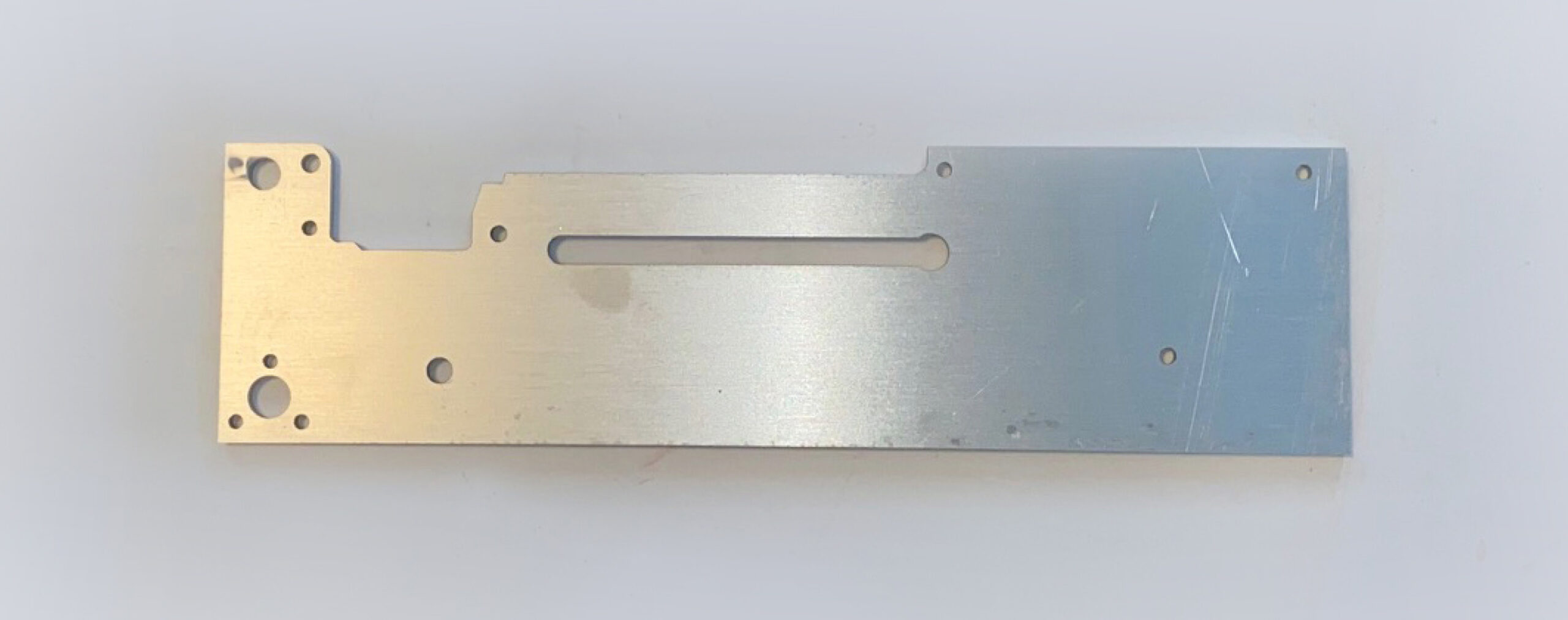
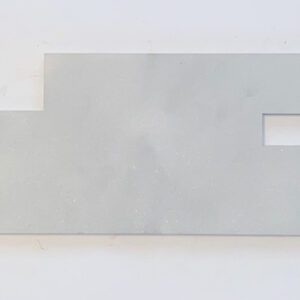
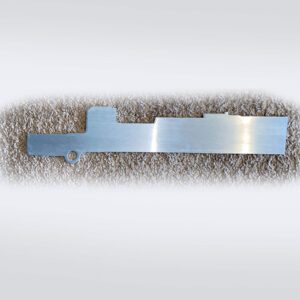
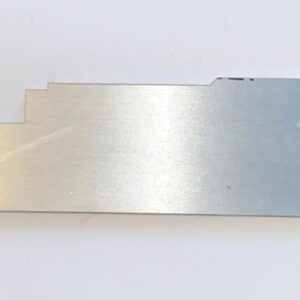
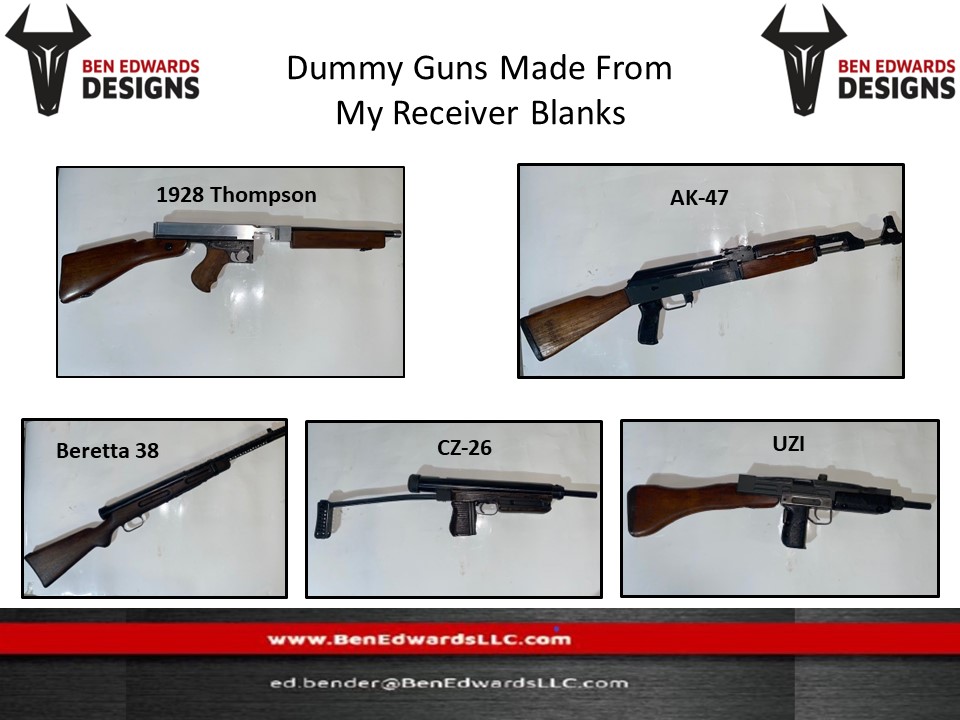
Reviews
There are no reviews yet.